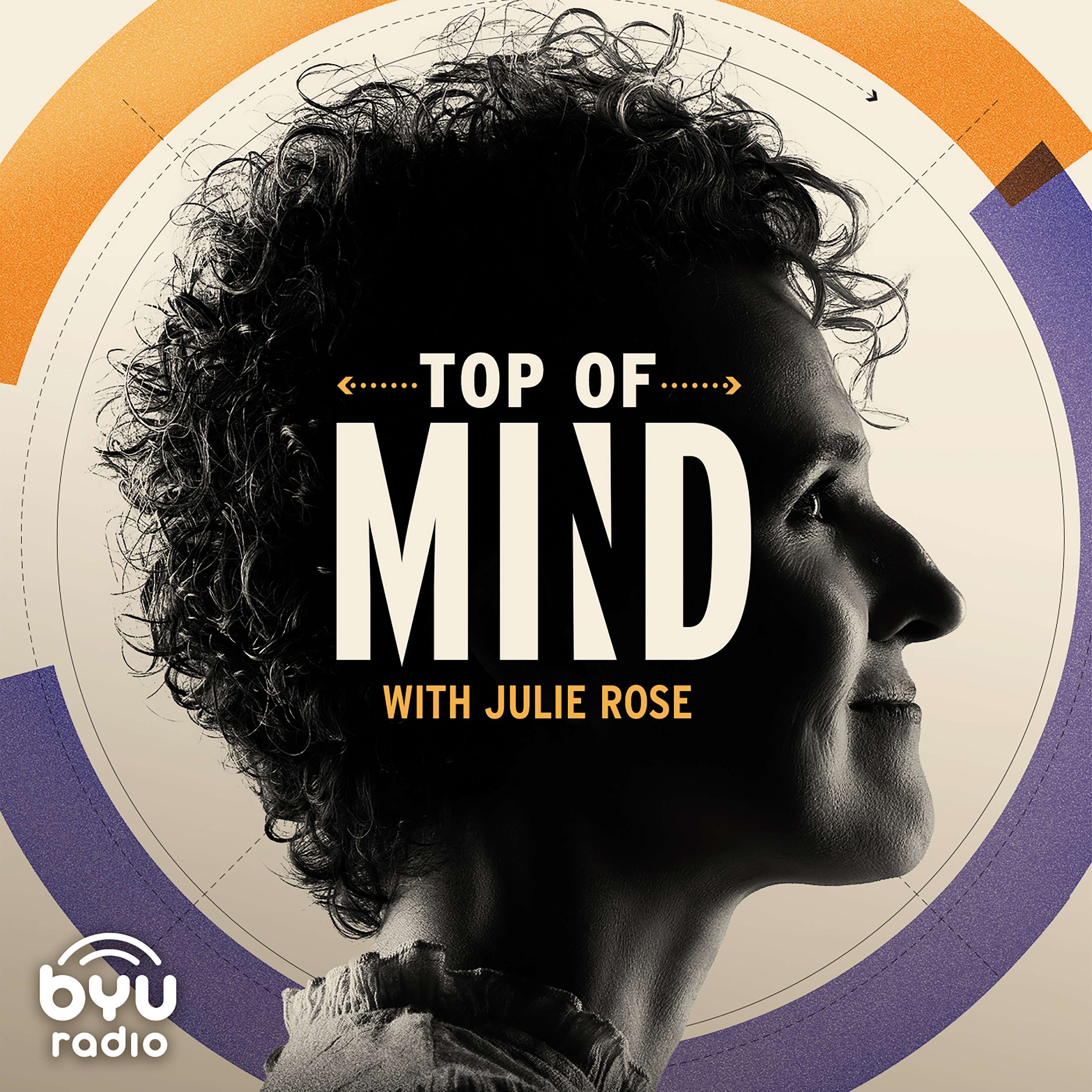India's Cash Crisis, Believing in Santa, How Hoodoos Form

India’s Cash Crisis Guest: Haimanti Bhattacharya, PhD, Professor of Economics, University of Utah Imagine that when you woke up this morning, everything larger than a $10 in your wallet was suddenly worthless. In order to get your money back, you have to take those worthless tens and twenties to a bank or ATM – but the banks aren’t prepared to handle the crush, so the lines are long and there’s a limit on how much you can swap each day. You have until the end of the year to swap the worthless bills or you’ll just lose the money. Oh, and if you try to use the defunct paper to pay a bill that’s due to today or buy just something for your family’s dinner tonight, you’ll be turned down. This is exactly what happened in India on November 8th. And the consequences have been dramatic for India’s economy – especially the poor who rely almost exclusively on cash for daily life. Undocumented College Students Guest: Tanya Golash-Boza, PhD, Professor of Sociology, UC Merced President-elect Trump has vowed to end the Obama administration program that gives some young immigrants, who were brought to the country illegally, temporary relief from deportation. In response, college students across the country are calling for their schools to become “sanctuary campuses” where students without legal status in the country could be safe from immigration enforcement. The concept is similar to “sanctuary cities,” which President-elect Trump has also condemned. It may come as a surprise to you that immigrants without legal status can even enroll in college, but about 30,000 do each year. Getting in is only the start of the struggle. Lying to Kids About Santa Guest: Rachael Sharman, Lecturer in Psychology, University of the Sunshine Coast, Queensland, Australia Just a quick heads up - If you’ve got young kids listening in right now, you might want to put some headphones on or catch this conversation later on our podcast. We’re going to be talking about the beloved tradition that turns even the most upstanding among us into bold-faced liars this time of year: Santa Claus. Are we right to mislead our kids about how their gifts arrive under the tree? When is it time to come clean with them about Santa? How Hoodoos Are Formed Guest: Thomas Morris, PhD, Thomas Morris, Professor Geological Sciences, BYU Bryce Canyon National Park, here in Utah, looks just a little different this week. If you’ve never been, this is the park famous for tall, spindly rock formations called hoodoos. Bryce Canyon has more hoodoos than any other place in the world. Some of the pictures look like a giant toddler was playing in the mud millennia ago, taking handfuls of mud that was not too wet or too dry and dripping it into totem pole-looking structures that have frozen in time. But they’re actually not frozen. A landmark hoodoo called The Sentinel lost its top half a week or so ago and apparently this kind of thing happens a lot in Bryce Canyon. We just don’t hear much about it. Giving Digital Movies as Gifts Guest: Rod Gustafson, Parentpreviews.com For most of the 1990s to early 2000s, DVDs were popular gifts to place in Christmas stockings. But Google, Amazon, Netflix and the Internet have ruined that tradition. So, now what? Pancreatic Cancer Detection Guest: Mike Alder, Director of the Technology Transfer Office, BYU; John Price, PhD, Professor of Chemistry and Biochemistry, BYU Almost a year ago in his State of the Union address, President Obama announced an aspirational plan to cure cancer – he called it a “moonshot.” There have since been summit meetings and task forces formed and new funding and policies created to target the disease that kills more than half a million people in the US every year. But cancer is not just one disease. Each form has different characteristics and causes and treatment requirements. So “curing cancer” will require a vast army of researchers and doctors and patients participating in experimental trials.